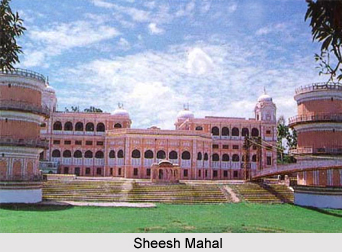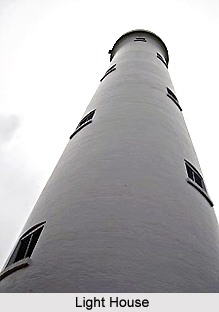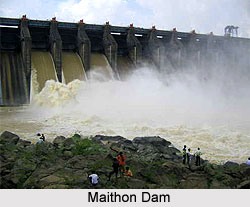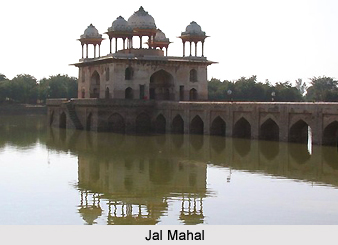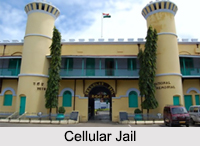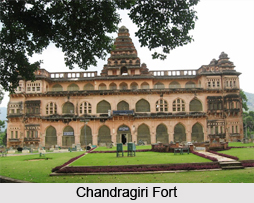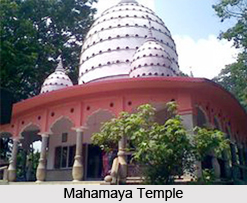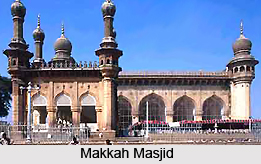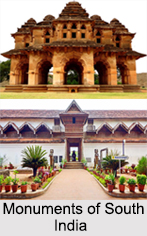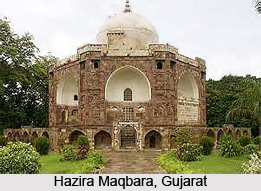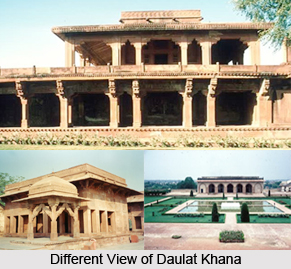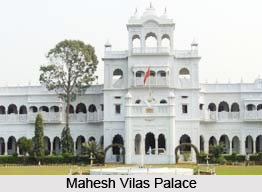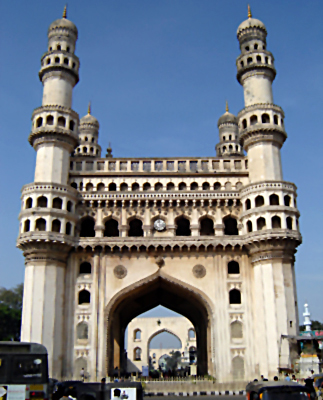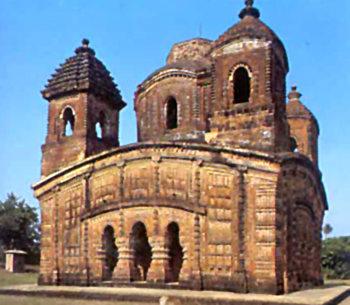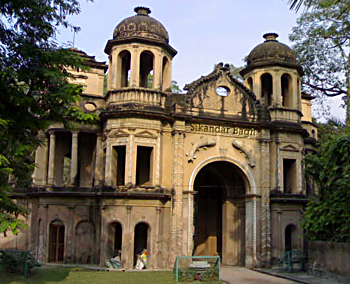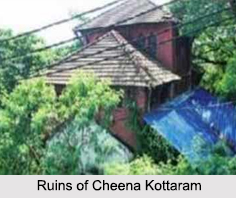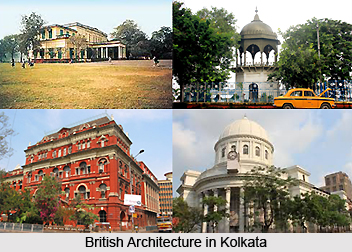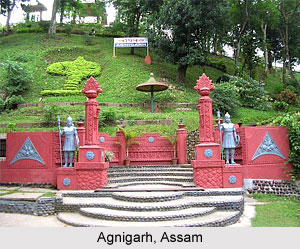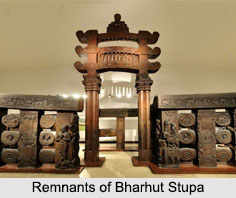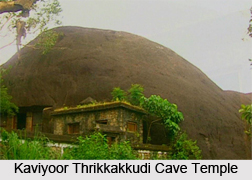 Kaviyoor Caves is of great historical importance and is preserved as a monument by the Archaeological Department. Thereafter it was taken over by the Travancore Devaswom Board on December 20, 1967. The designs are among the earliest specimens of stone sculptures in the state of Kerala.
Kaviyoor Caves is of great historical importance and is preserved as a monument by the Archaeological Department. Thereafter it was taken over by the Travancore Devaswom Board on December 20, 1967. The designs are among the earliest specimens of stone sculptures in the state of Kerala.
The temple has a sculpture of Lord Ganesha in the verandah into the wall and inner sanctum containing a tall Shivalinga, all carved out a one huge rock. The structure has a resemblance to the Pallava style of architecture. Enshrined in a square cave is the main deity of the shrine, Lord Shiva/ He is represented in the ` Shivalinga` which is about three feet high and carved out of rock. The shrine has idols of Ganapati, Maharshi and Dwarapalakas. The temple was constructed during the rule of the Pallava dynasty who reigned over South India from 608 to 850 AD.
The rock, housing the cave, is called Thri-kal-kudi Paara which literally means cave settlement. The land that surrounded the rock also was called `Kal-kudi`.
This article is a stub. You can enrich by adding more information to it. Send your Write Up to content@indianetzone.com
